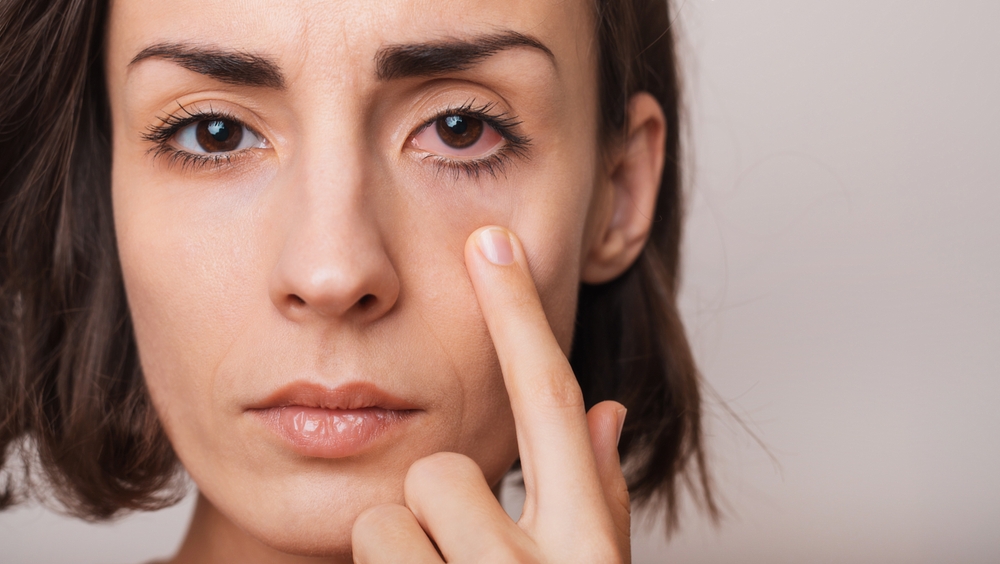
Do your eyes ever feel gritty, irritated, or uncomfortably dry? If so, you may be suffering from a condition called dry eye disease.
Millions of Americans experience symptoms of dry eye, making it one of the most common reasons for seeking eye care. The good news is that dry eye disease can often be managed with simple treatments to provide relief.
Dry eye disease may be common, but its negative effects on comfort and vision don’t have to be permanent. Keep reading to learn more about recognizing dry eye disease and what you can do to find relief!
What is Dry Eye?
Dry eye is an eye condition that happens when your eyes aren’t producing enough liquid, more specifically known as tears. Tears are very important for keeping an eye healthy.
They provide nutrients and hydration to the eye. They also lubricate the eye, which is constantly in motion.
Finally, the tear film provides a barrier against infection and foreign objects like sand or dust. Dry eye occurs in three situations.
Your eyes may not be producing enough tears, first of all. Secondly, your tears may be evaporating too quickly. Finally, you could be experiencing a combination of these factors.
What Causes Dry Eye?
Finding out what is causing your dry eye is essential to figuring out how to stop it. There are a lot of different reasons you may begin to experience dry eye.
Age
One of the most common causes of dry eye is simply age. As you get older, your body stops functioning as well.
Allergies
Reactions to pollen, dust, pet dander, or other allergens can result in dry eye symptoms. The inflammation can then feed back into the problem, causing worse dry eye.
Screens
Staring at a computer, tablet, or television screens for long periods of time is associated with dry eye. This is because most people blink less often while using these devices.
Meibomian Gland Dysfunction
The meibomian glands are located in the eyelids and produce oil. Over time, these glands can become blocked with a waxy deposit.
The oil that these glands produce is needed to coat the tears and prevent them from evaporating.
Lifestyle or Habits
Issues like smoking, excessive drinking, poor sleep, poor diet, or dehydration can make it difficult for your body to produce adequate tears.
How Can Dry Eye Be Cured?
Curing dry eye is not always a straightforward process. You need to work closely with your eye doctor to figure out what is causing it.
Then, your eye doctor can prescribe an accurate solution, whether it is medication, some kind of eye therapy, or simply a change in lifestyle.
Your eye doctor may recommend starting with prescription medications to treat dry eyes, often in the form of eye drops that can help manage inflammation, increase tear production, and improve tear quality. Another option is punctal plugs, tiny plugs inserted into tear ducts that help block tears from draining.
IPL (Intense Pulsed Light) therapy uses light pulses to treat inflammation and stabilize the tear film. On the other hand, OptiLight is another treatment that also uses IPL to rejuvenate the meibomian glands and improve tear quality.
Custom eye drops can be made from blood serum to provide natural support to the eye’s surface. Amniotic membrane grafts contain growth factors that reduce inflammation and promote healing of the ocular surface.
Discussing all of your treatment options with your experienced eye doctor at Simone Eye Doctor can help you find relief from irritating dry eye symptoms.
Do you want help to overcome your dry eye? Schedule an appointment at Simone Eye Center in Warren, MI, today!



